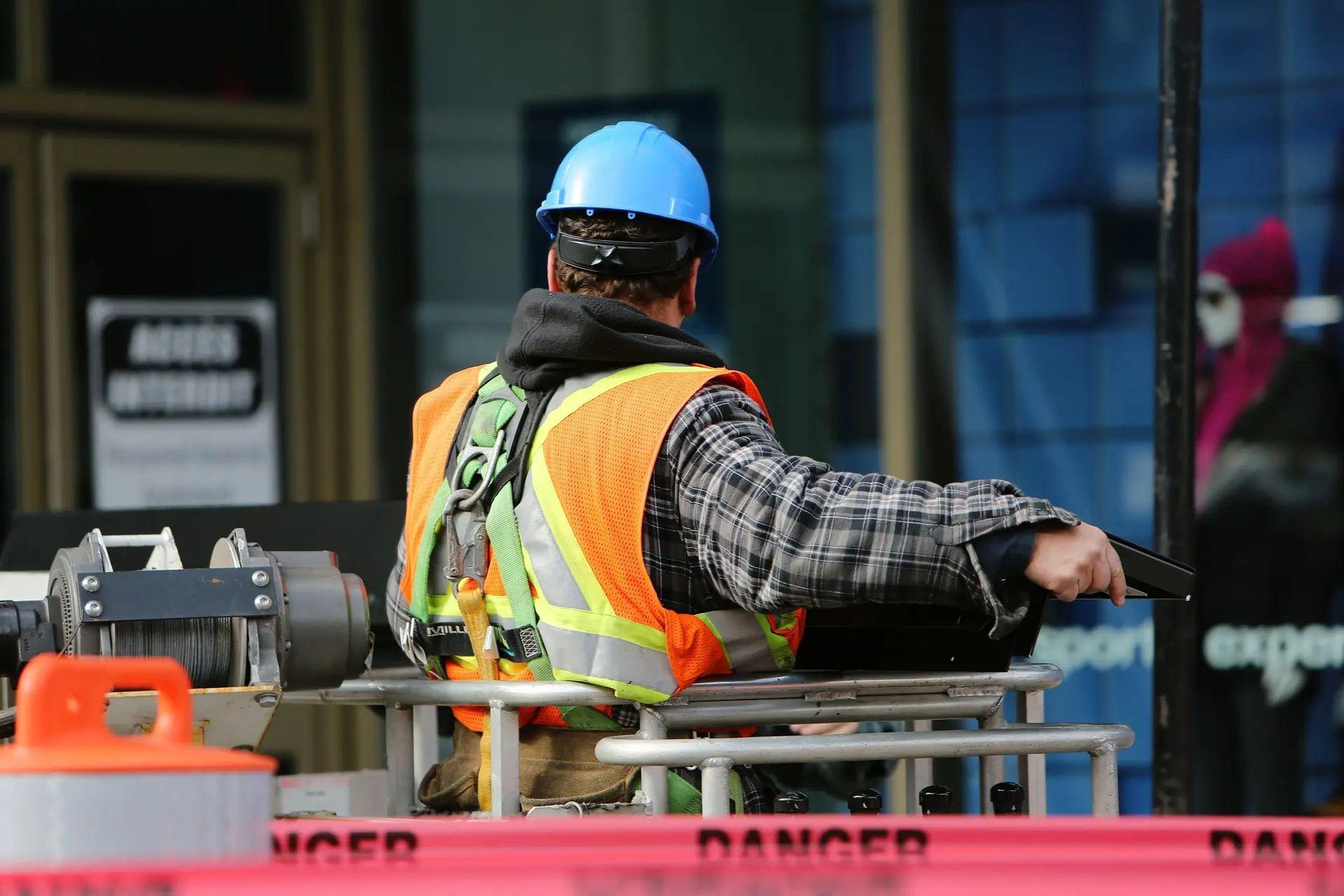Workload and Pensions: Impacts on Industry
The issue of worklaod is increasingly at the heart of concerns for both business leaders and their operators. The new pension reform law, which will overhaul the current system as we know it, calls on the entire ecosystem to rethink this challenge and find solutions to ease the burden on physically demanding occupations.

How can we alleviate operator strain related to worklaod ?
It is possible to optimize production and performance while easing the strain on operators caused by physically demanding work. Among the hardship criteria set to be removed under the upcoming pension reform is manual handling of heavy loads.
This particular issue can be addressed with automated guided vehicle (AGV) solutions, such as autonomous electric wheels by IDEC/APEM, which can move loads of up to 1000 kg, or OMRON’s autonomous mobile robot, which enables operators to focus on higher-value tasks, increases production flow, reduces machine downtime, and even eliminates errors.
As for the six other hardship criteria that will remain unaffected by the pension reform, there are also viable solutions to significantly reduce operator strain.
In particular, solutions exist to address repetitive tasks and shift work (3x8 schedule). The TM collaborative robot is a prime example of an easily integrable solution for production lines. Easy to program, this robot serves as the perfect bridge between human resources and production tools, enabling a smooth transition to an autonomous and automated work environment.